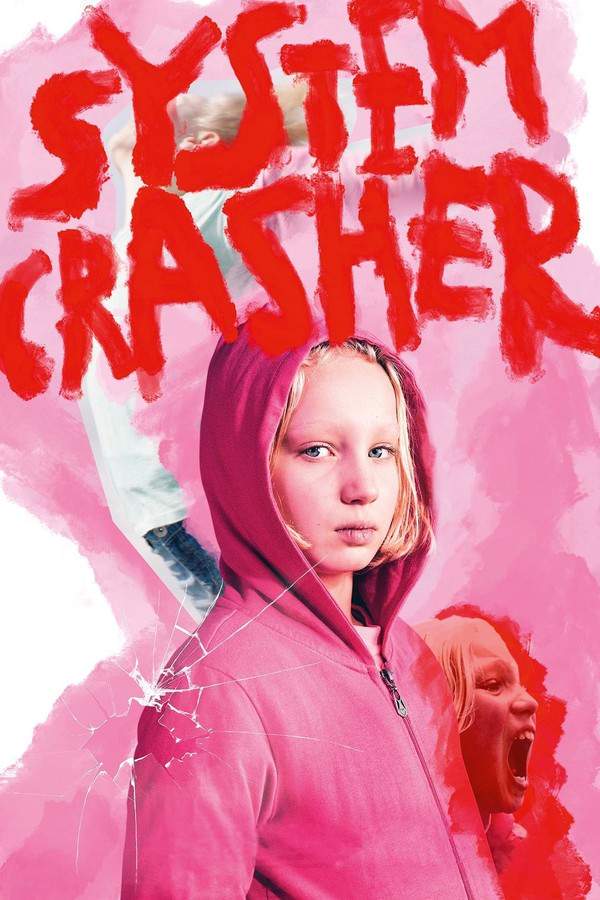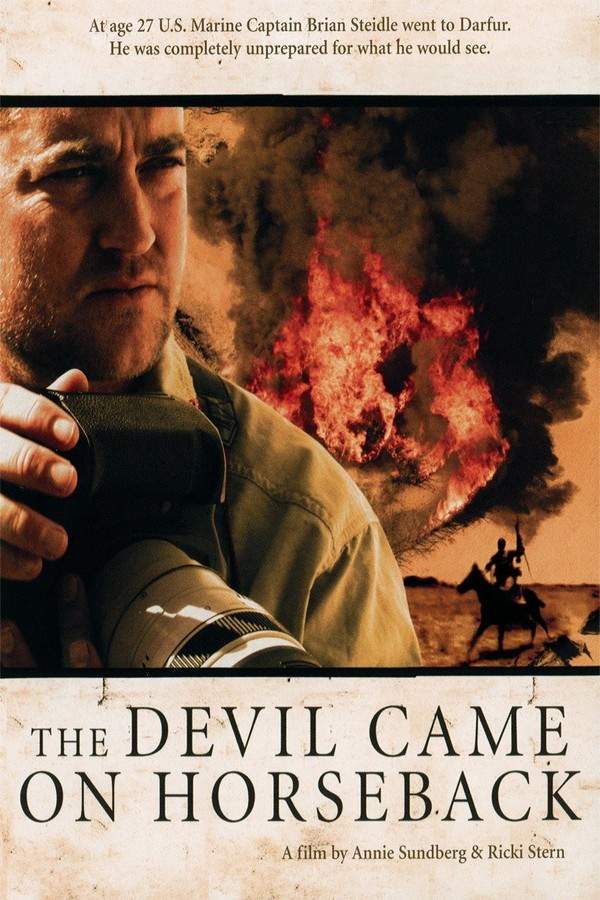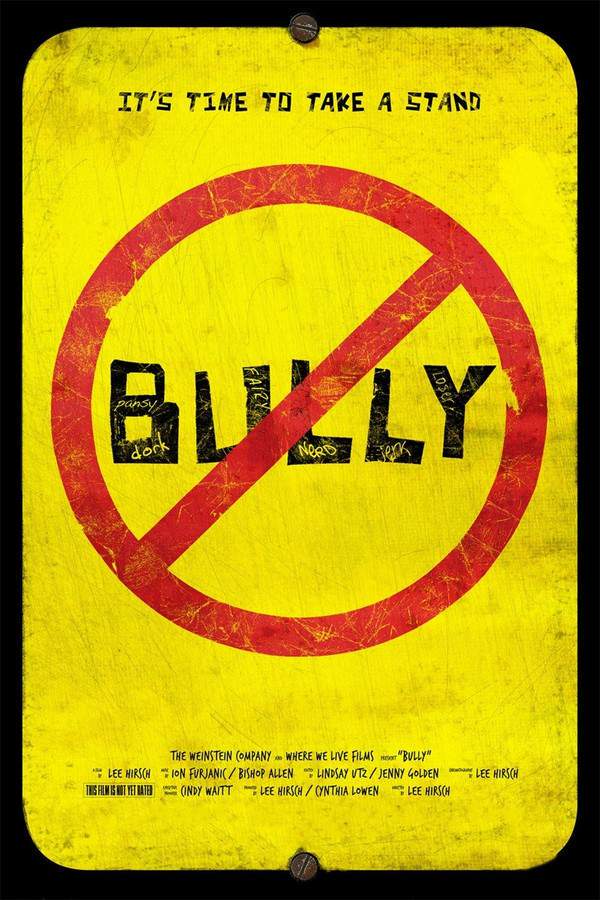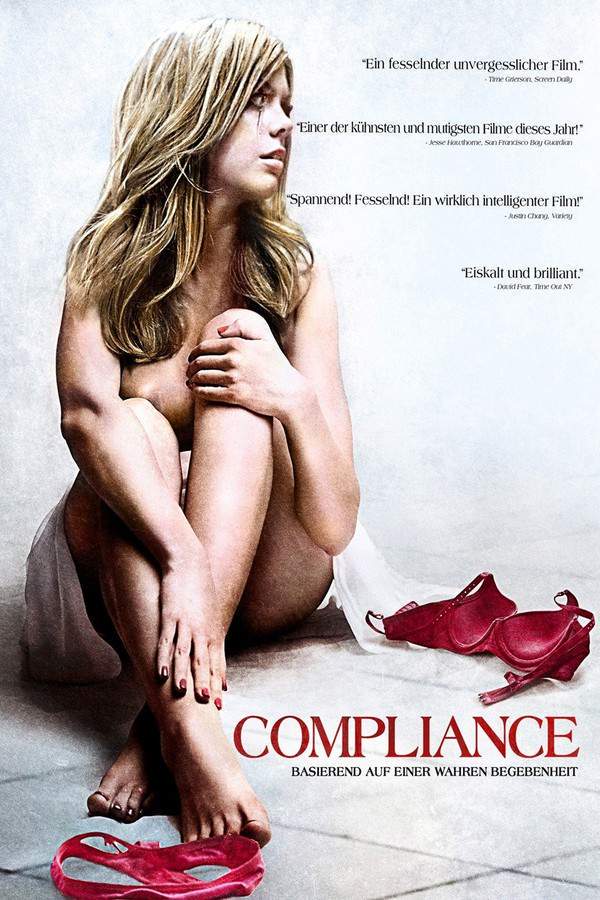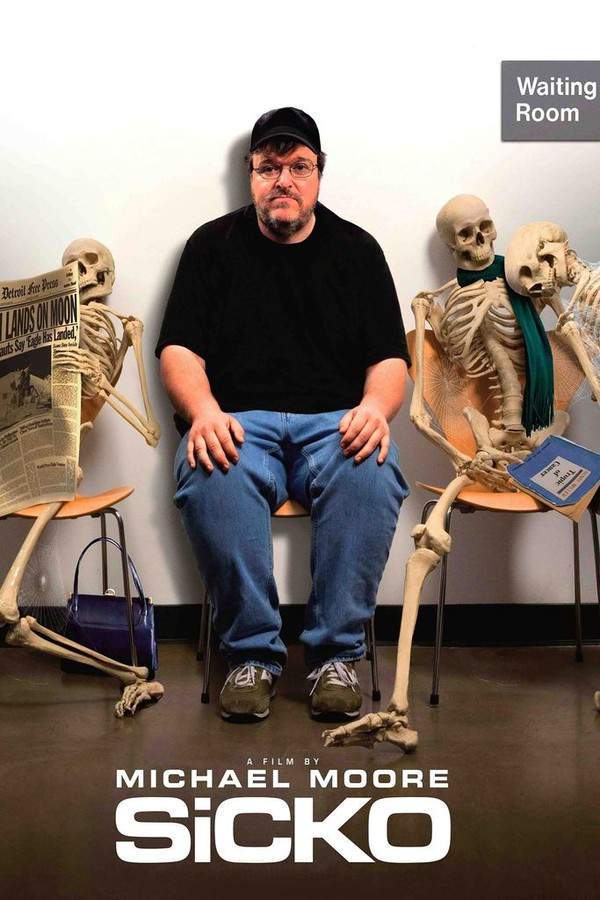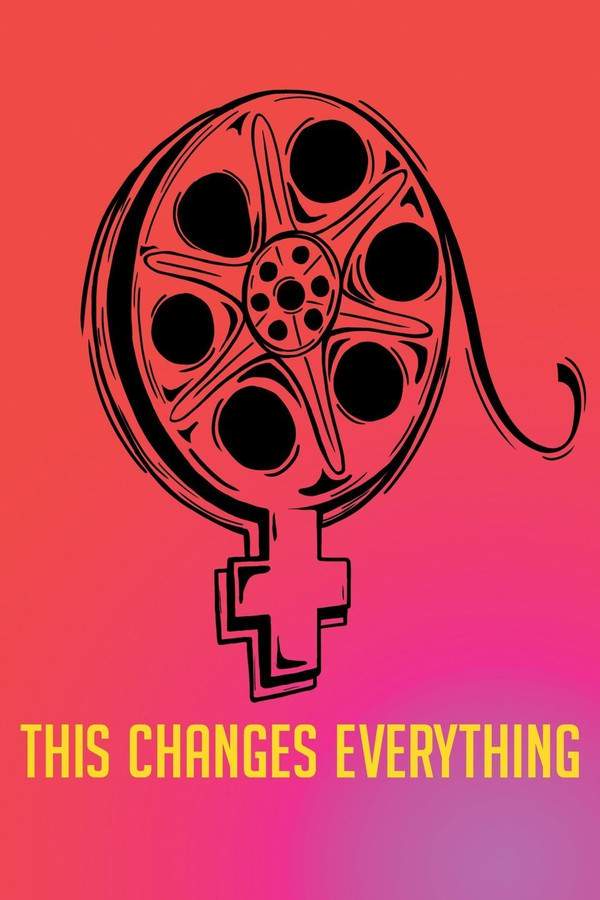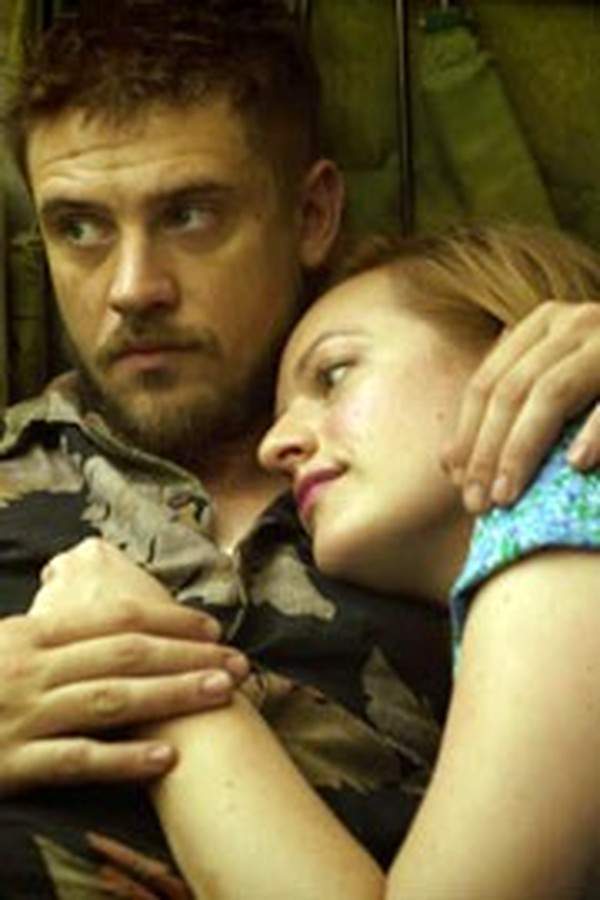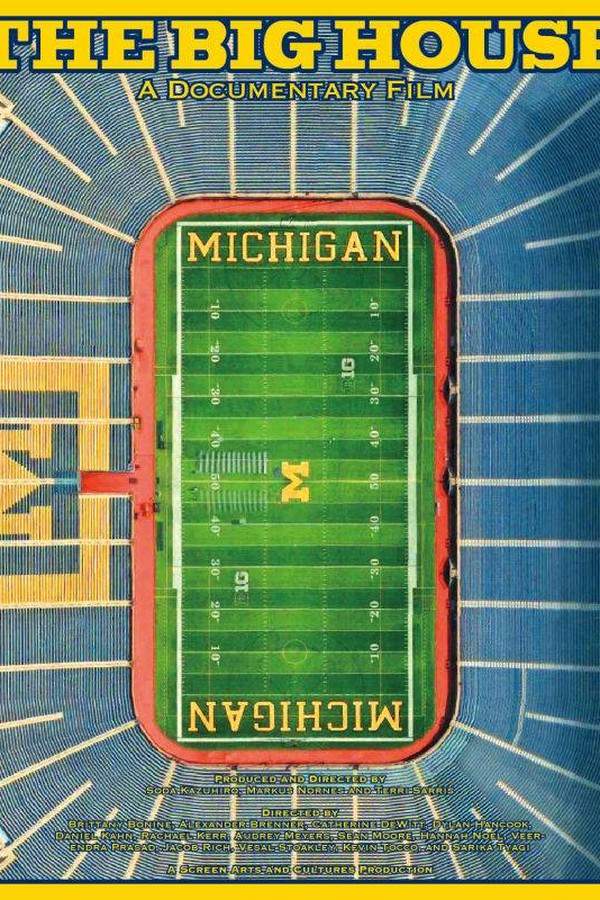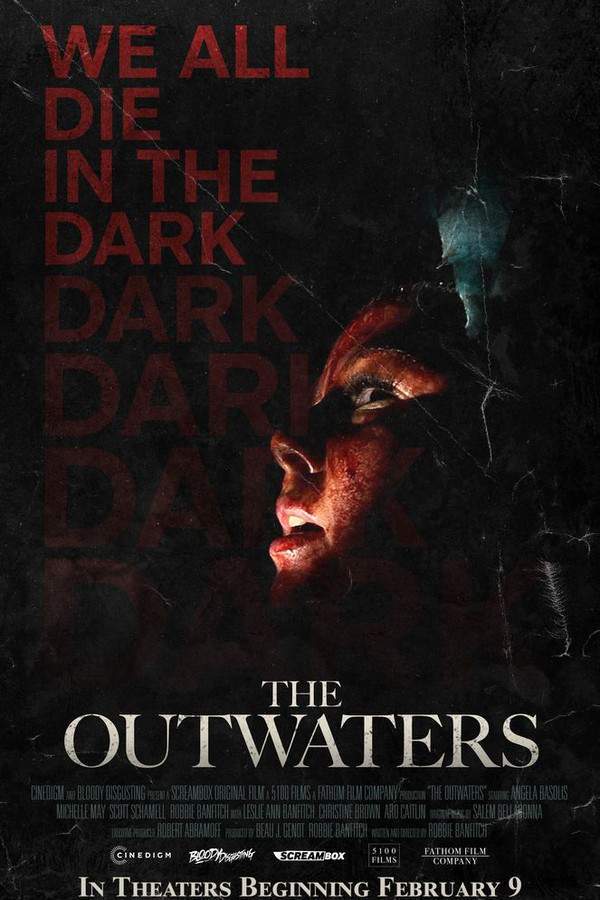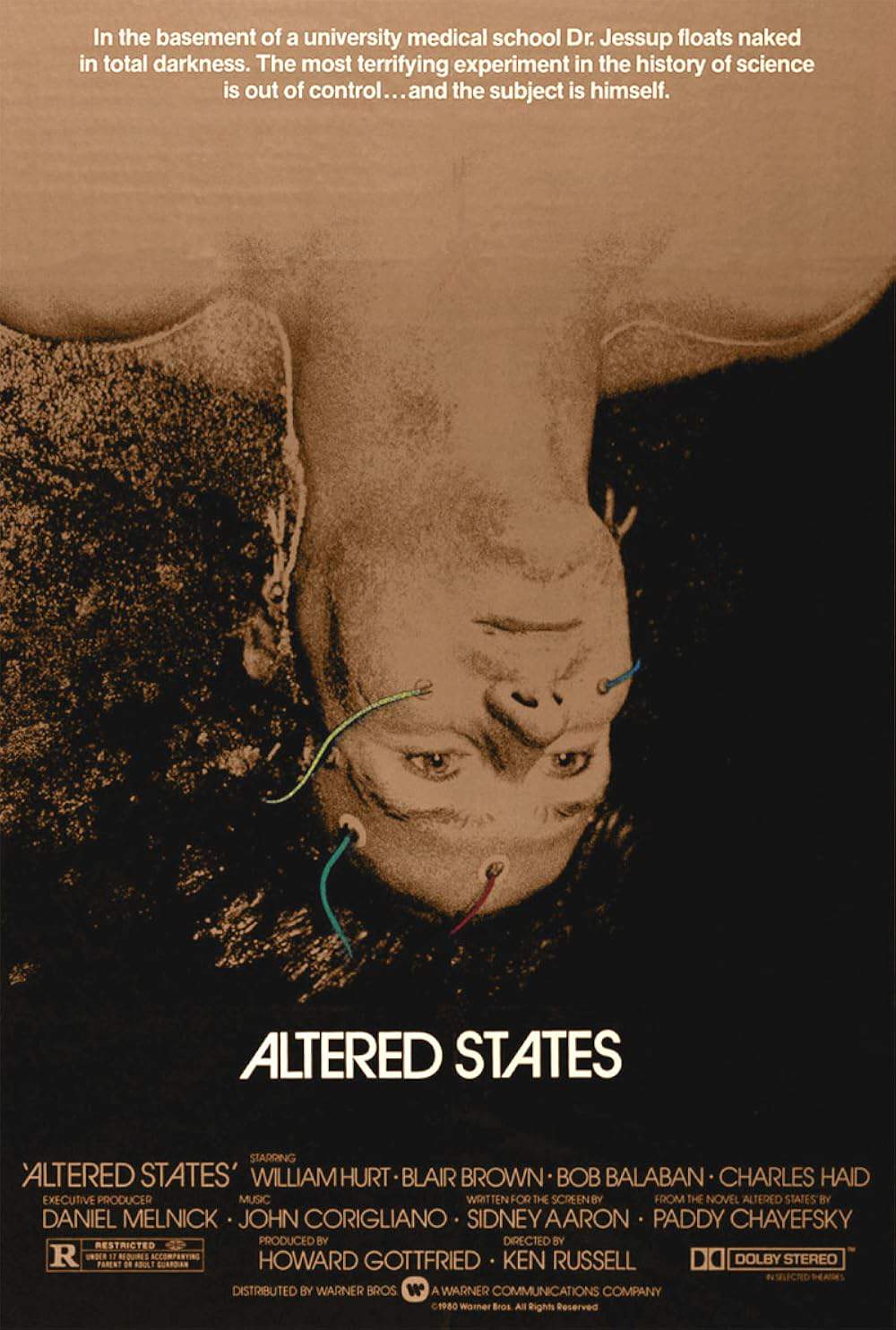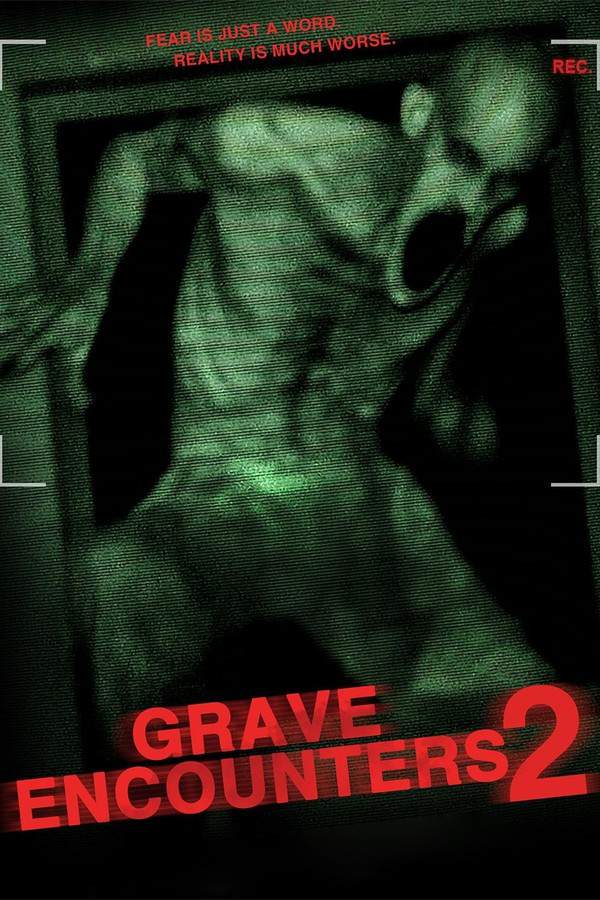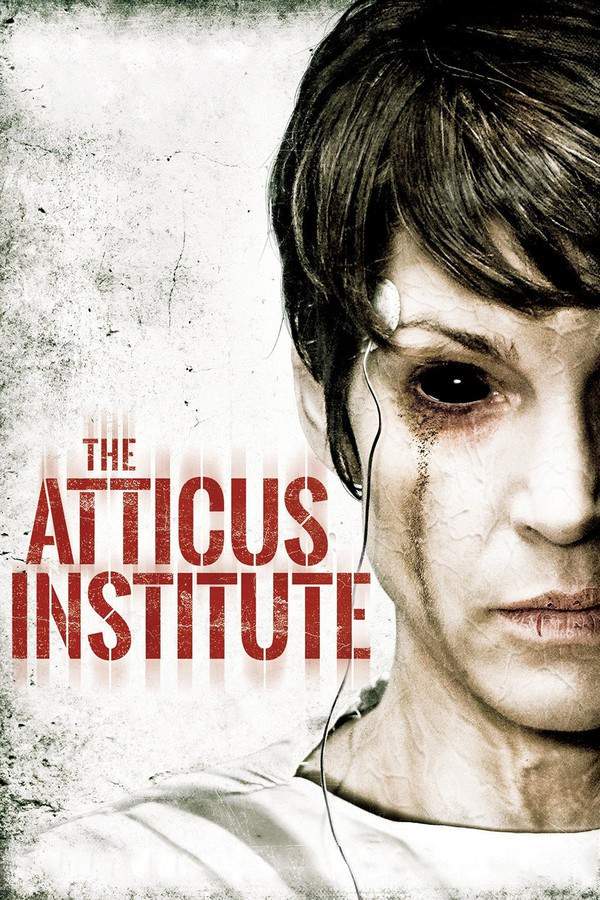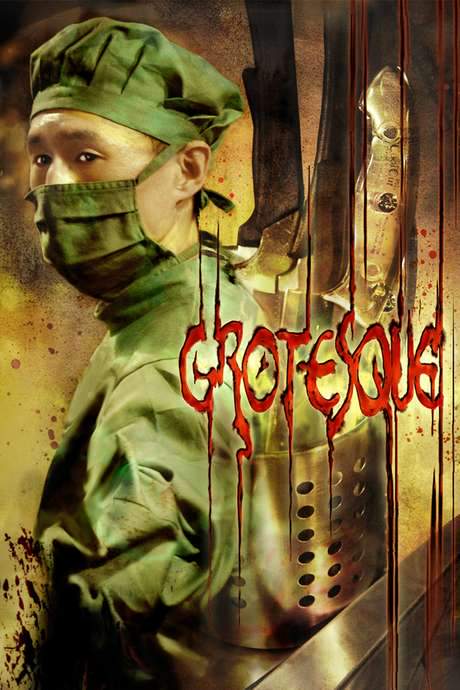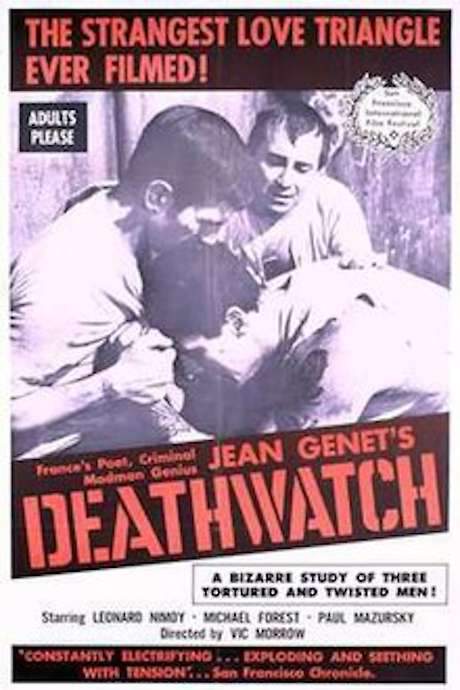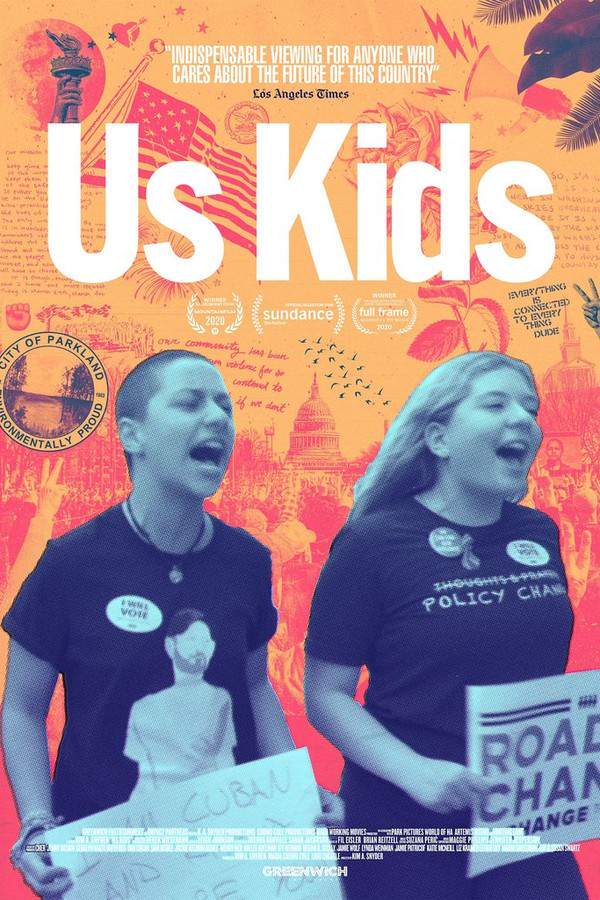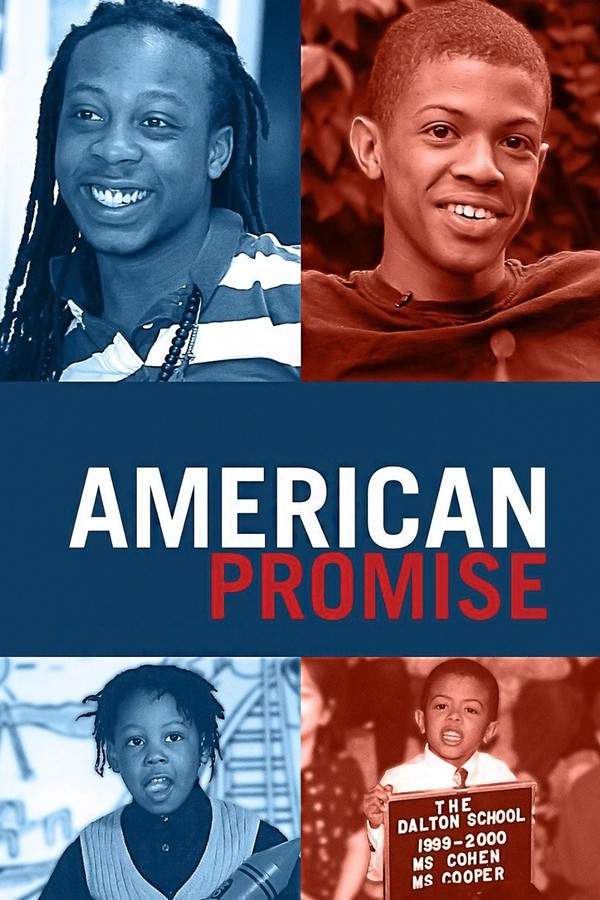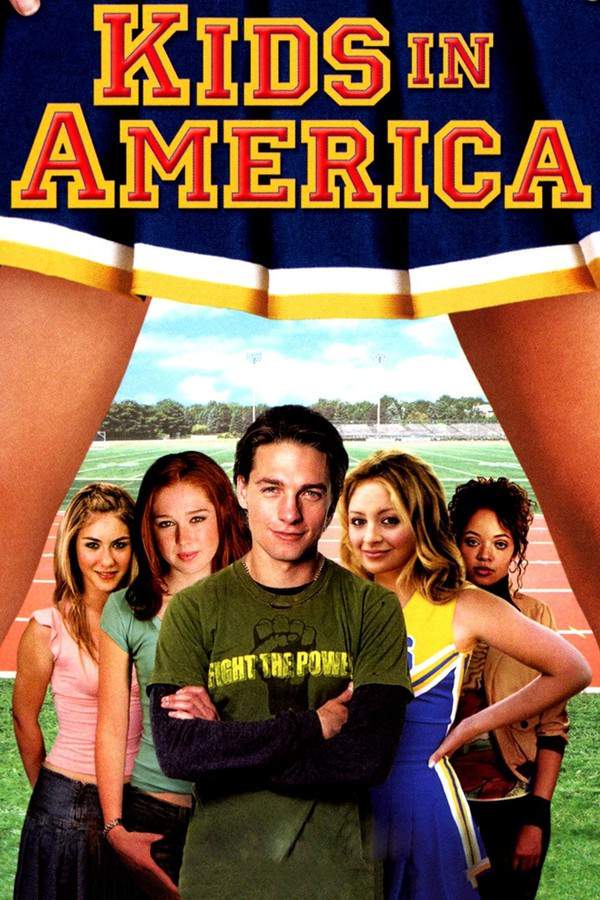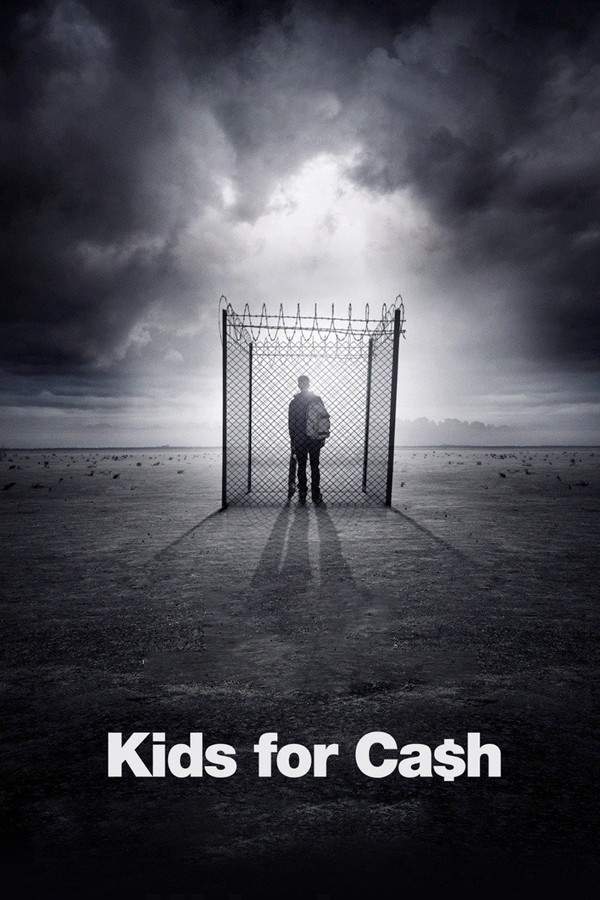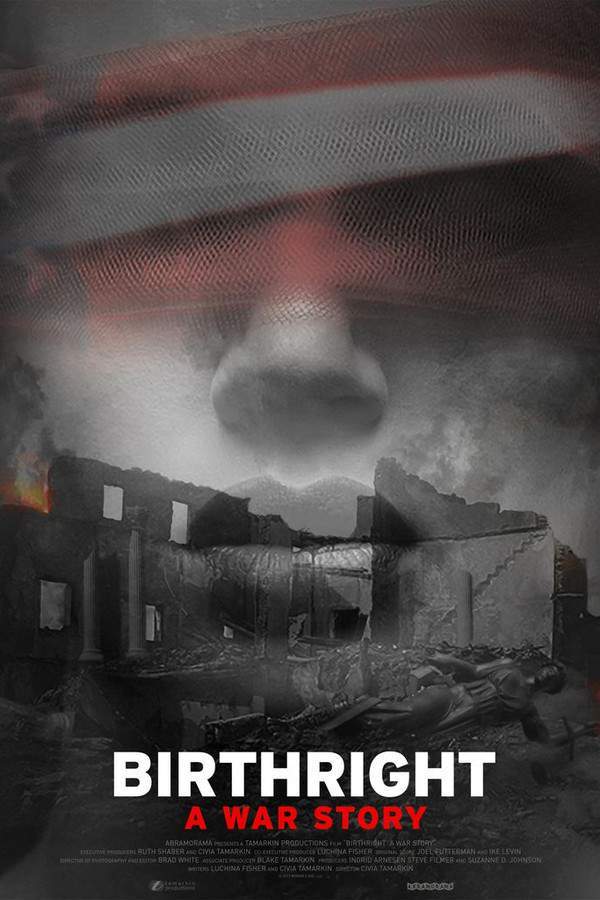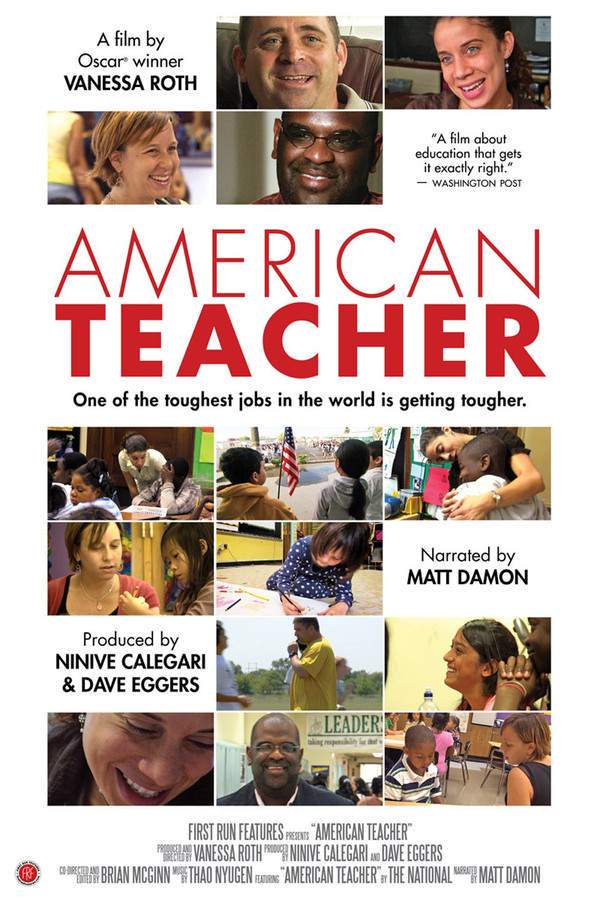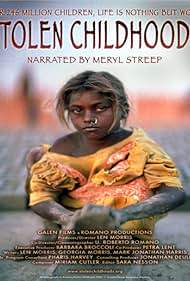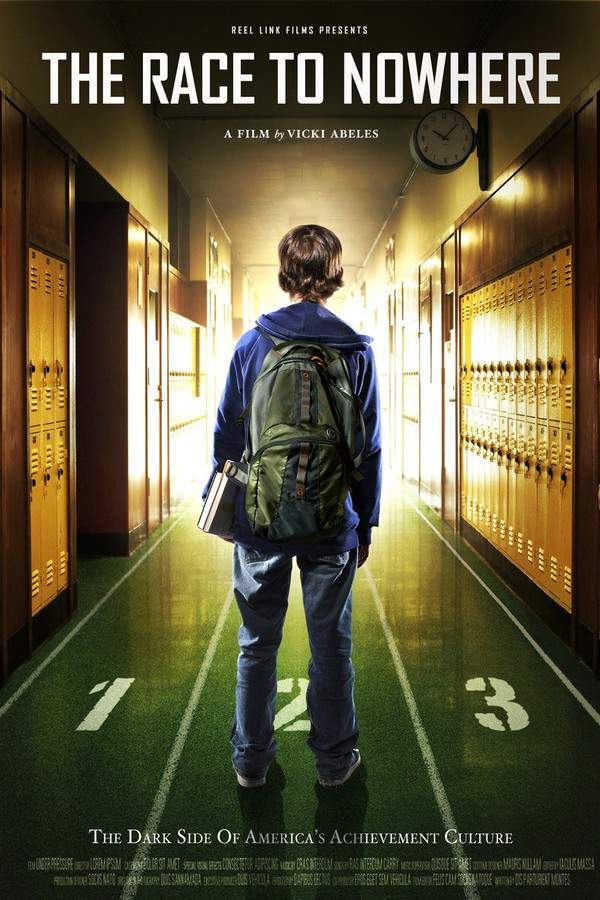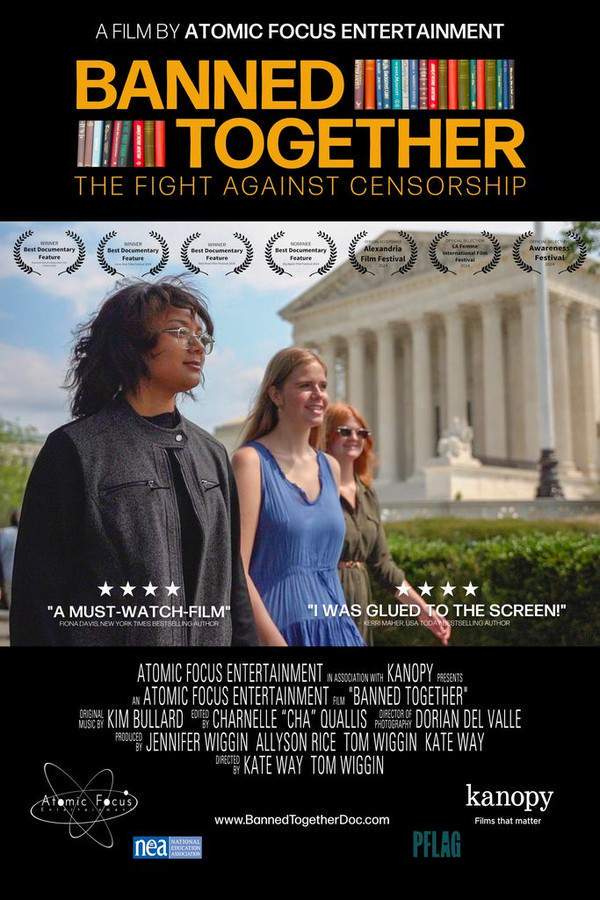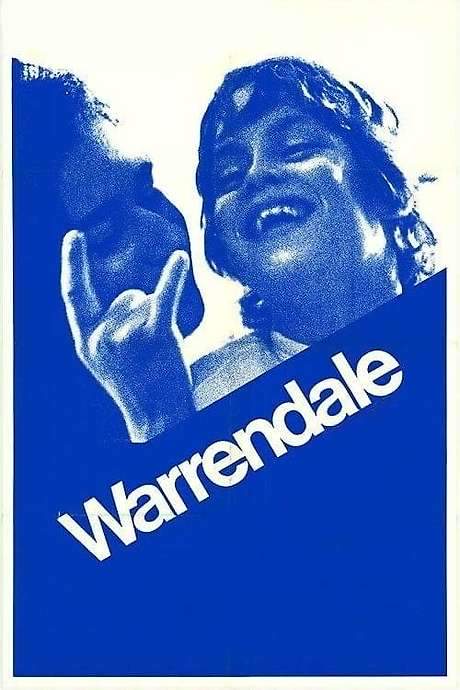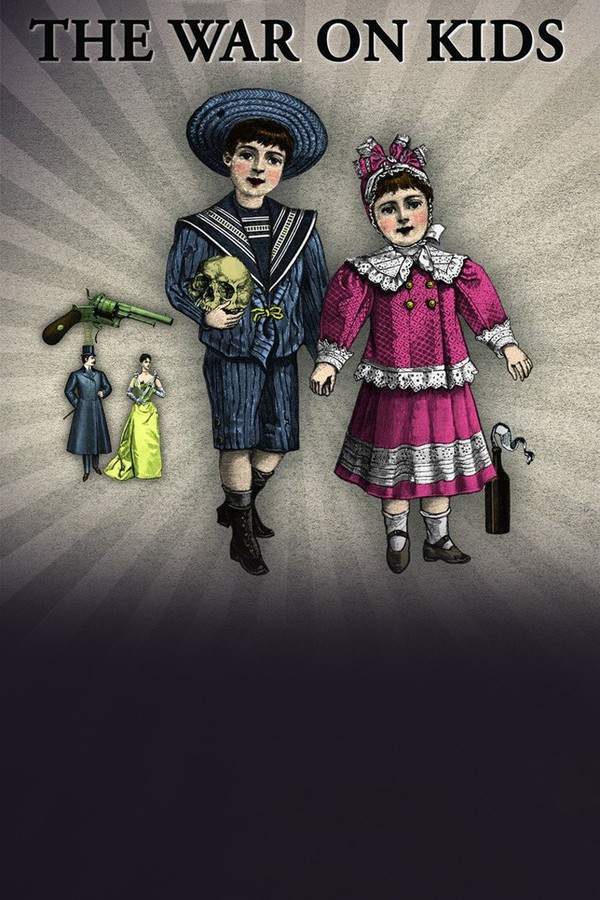
The War on Kids
Year: 2009
Runtime: 95 min
Language: English
Director: Cevin D. Soling
This documentary explores the concerning state of American public schools, revealing how the focus on education has been significantly altered. It argues that denying basic rights to students undermines democratic principles, creating an environment that resembles imprisonment rather than a place of learning. The film examines the impact of these policies on young people and questions the current direction of the educational system.
Warning: spoilers below!
Haven’t seen The War on Kids yet? This summary contains major spoilers. Bookmark the page, watch the movie, and come back for the full breakdown. If you're ready, scroll on and relive the story!
The War on Kids (2009) – Full Plot Summary & Ending Explained
Read the complete plot breakdown of The War on Kids (2009), including all key story events, major twists, and the ending explained in detail. Discover what really happened—and what it all means.
Blame for the issues plaguing the education system in America is frequently assigned to inadequate funding or the supposed deficiencies of today’s youth. Yet, there are instances where parents, teachers, and administrators are also held responsible. However, any attempts to enhance educational quality are bound to falter if the structural issues within the system remain unexamined. After being in production for over six years, THE WAR ON KIDS boldly unveils that the root of public education’s failures lies within the institution itself. Astonishingly, reform initiatives consistently neglect to consider this as a possibility, putting the future of both children and American democracy in jeopardy.
In its thorough 95-minute runtime, THE WAR ON KIDS highlights the myriad ways in which the public school system has failed to serve children and safeguard our future by stripping students of essential freedoms, driven largely by irrational fears. It illustrates how children are forced to endure an environment resembling a prison, complete with oppressive security measures, arbitrary punishments, and pharmacological misuse through the enforced prescription of harmful medications. Despite these extreme tactics, schools continue to fall short in educating students, with the focus on teaching overshadowed by the need to exert control.
The film kicks off by tracing the origins of the Zero Tolerance policy. During the 1990s, educational institutions began implementing regulations aimed at removing weapons and drugs from school grounds. However, school officials quickly began to arbitrarily define what constituted a weapon or drug. This has led to countless incidents where children have been suspended or expelled for harmless items such as food knives, nail clippers, and even candy. Shockingly, kindergarteners have received suspensions for innocently playing cops and robbers using their fingers as guns. Under the Zero Tolerance guise, administrators have amassed considerable power, free from the burdens of accountability, which has increasingly been exploited, leaving students feeling hopeless and fearful in an environment reminiscent of Kafka’s literary nightmares.
The documentary makes it clear that students’ civil rights have been nearly eradicated. They endure random searches, drug testing, and are often denied the right to express themselves both verbally and in writing, all while being subjected to corporal punishment without due process. The protection from self-incrimination is routinely ignored, and in some grave cases, students can even be strip-searched without parental consultation. Courts typically support schools’ rights to act as they see fit regarding children, often at the expense of their well-being.
Today, schools bear striking similarities to prisons in their structure and operations, and the film effectively illustrates this through a direct comparison. Viewers witness the noticeable substandard conditions of the average public school relative to a prison in terms of resources and maintenance. Most troubling is the reality that the school ambiance is far more oppressive and bleak.
Security concerns have overshadowed all aspects of schooling, and THE WAR ON KIDS points out the futility of these deeply invasive security measures. For instance, despite the presence of security cameras at Columbine High School during the tragic shooting, they provided no deterrent or protection. Interviews with students featured in the film reveal that the surveillance only fosters anxiety and fear, creating an even more hostile atmosphere. Methods such as locker checks and metal detectors have proven ineffective yet contribute to the school’s oppressive environment.
Harrowing footage captures a 2003 SWAT team raid at Stratford High School in Goose Creek, SC, prompted by the principal’s suspicion of drug activities. The aggressive response, which involved firearms and police dogs, yielded no findings, illustrating the relentless oversight that students are subjected to and the lack of boundaries when dealing with children.
In addition to physical pressure, the film exposes widespread psychiatric abuse within schools. Experts shed light on the alarming rise of ADD diagnoses and the unscrupulous behavior of pharmaceutical companies. The overwhelming evidence presented indicates that the drugs, such as Ritalin, frequently prescribed to children can have severe and lasting negative effects, leading to tragedies like murder and suicide. What is marketed as a solution often proves to be more harmful than the issues it seeks to address. Moreover, it becomes apparent that the students who question authority and educators are the very ones targeted for drugging, ultimately forcing their compliance.
In summary, THE WAR ON KIDS reveals that as authoritarian institutions, schools are fundamentally flawed and incapable of genuine reform. Children endure some of the most extreme and invasive controls imaginable, stripped of basic human rights typically granted even to prisoners of war. The chilling implications extend beyond the immediate effects on these children, jeopardizing the very foundations of American society as an entire generation grows up oblivious to the significance of civil rights within a democratic framework.
Last Updated: October 25, 2024 at 08:40
Explore Movie Threads
Discover curated groups of movies connected by mood, themes, and story style. Browse collections built around emotion, atmosphere, and narrative focus to easily find films that match what you feel like watching right now.
Documentaries Exposing Broken Systems Like The War on Kids
Documentaries that methodically dismantle powerful, oppressive institutions.If you were compelled by the systemic critique in The War on Kids, explore these documentaries that methodically dismantle other powerful institutions. Find movies like The War on Kids that deliver sobering truths about systemic failure, injustice, and institutional control in various facets of society.
Narrative Summary
These documentaries typically follow a linear, investigative structure. They gather testimony, expert analysis, and data to build a clear and damning case against a specific system. The narrative arc is one of escalating revelation, moving from illustrating symptoms to diagnosing a core, institutional disease.
Why These Movies?
Movies in this thread are united by their sobering tone, high emotional weight, and straightforward, persuasive narrative structure. They share a core purpose: to expose systemic malfeasance and provoke a critical response from the viewer.
Movies with Oppressive Atmospheres Like The War on Kids
Stories where the environment itself becomes a psychological prison.Fans of the claustrophobic and controlling environment depicted in The War on Kids will appreciate these films. Discover movies with a similar vibe to The War on Kids, where the setting—be it a school, institution, or society—creates an atmosphere of pervasive dread, anxiety, and psychological imprisonment.
Narrative Summary
Narratives in this thread revolve around characters or subjects struggling against an overpowering and controlling environment. The central conflict is between individual autonomy and the crushing weight of the system. The journey is typically towards a realization of the depth of their entrapment, often culminating in a bleak or ambiguous outcome.
Why These Movies?
These films are grouped by their shared ability to generate a palpable sense of oppressive dread. They use tone, pacing, and thematic focus to make the viewer feel the psychological weight and confinement experienced by the characters, regardless of genre.
Unlock the Full Story of The War on Kids
Don't stop at just watching — explore The War on Kids in full detail. From the complete plot summary and scene-by-scene timeline to character breakdowns, thematic analysis, and a deep dive into the ending — every page helps you truly understand what The War on Kids is all about. Plus, discover what's next after the movie.
The War on Kids Timeline
Track the full timeline of The War on Kids with every major event arranged chronologically. Perfect for decoding non-linear storytelling, flashbacks, or parallel narratives with a clear scene-by-scene breakdown.

Characters, Settings & Themes in The War on Kids
Discover the characters, locations, and core themes that shape The War on Kids. Get insights into symbolic elements, setting significance, and deeper narrative meaning — ideal for thematic analysis and movie breakdowns.

The War on Kids Spoiler-Free Summary
Get a quick, spoiler-free overview of The War on Kids that covers the main plot points and key details without revealing any major twists or spoilers. Perfect for those who want to know what to expect before diving in.

More About The War on Kids
Visit What's After the Movie to explore more about The War on Kids: box office results, cast and crew info, production details, post-credit scenes, and external links — all in one place for movie fans and researchers.

Similar Movies to The War on Kids
Discover movies like The War on Kids that share similar genres, themes, and storytelling elements. Whether you’re drawn to the atmosphere, character arcs, or plot structure, these curated recommendations will help you explore more films you’ll love.
Explore More About Movie The War on Kids
The War on Kids (2009) Scene-by-Scene Movie Timeline
The War on Kids (2009) Movie Characters, Themes & Settings
The War on Kids (2009) Spoiler-Free Summary & Key Flow
Movies Like The War on Kids – Similar Titles You’ll Enjoy
Us Kids (2020) Detailed Story Recap
American Promise (2013) Story Summary & Characters
Kids in America (2005) Spoiler-Packed Plot Recap
Kids for Cash (2014) Film Overview & Timeline
Birthright: A War Story (2017) Story Summary & Characters
American Teacher (2011) Full Movie Breakdown
Stolen Childhoods (2005) Movie Recap & Themes
The Cartel (2010) Ending Explained & Film Insights
Race to Nowhere (2010) Story Summary & Characters
Banned Together (2025) Film Overview & Timeline
Unconstitutional: The War On Our Civil Liberties (2004) Full Movie Breakdown
La guerra de los niños (1980) Plot Summary & Ending Explained
Children of Darkness (1983) Full Summary & Key Details
The War on Democracy (2007) Detailed Story Recap
Warrendale (1967) Full Movie Breakdown

